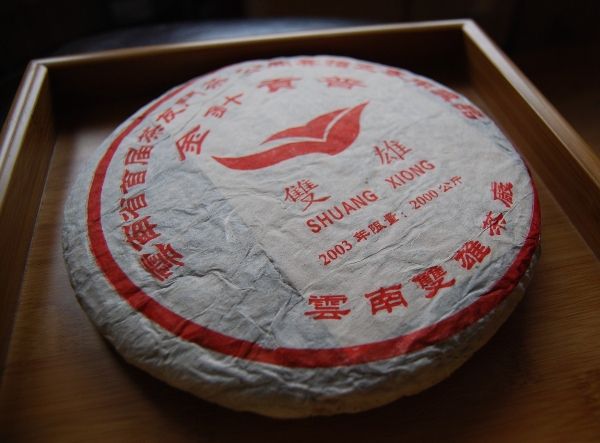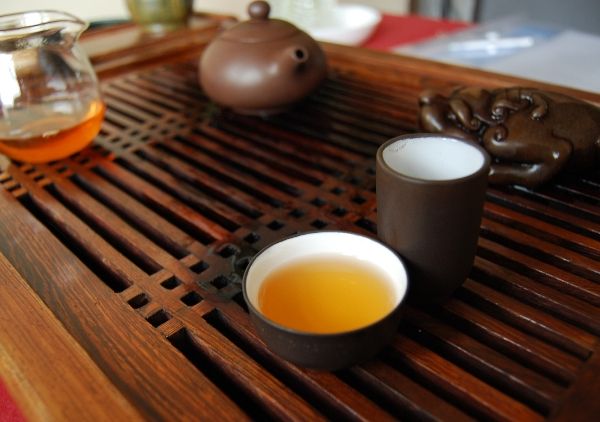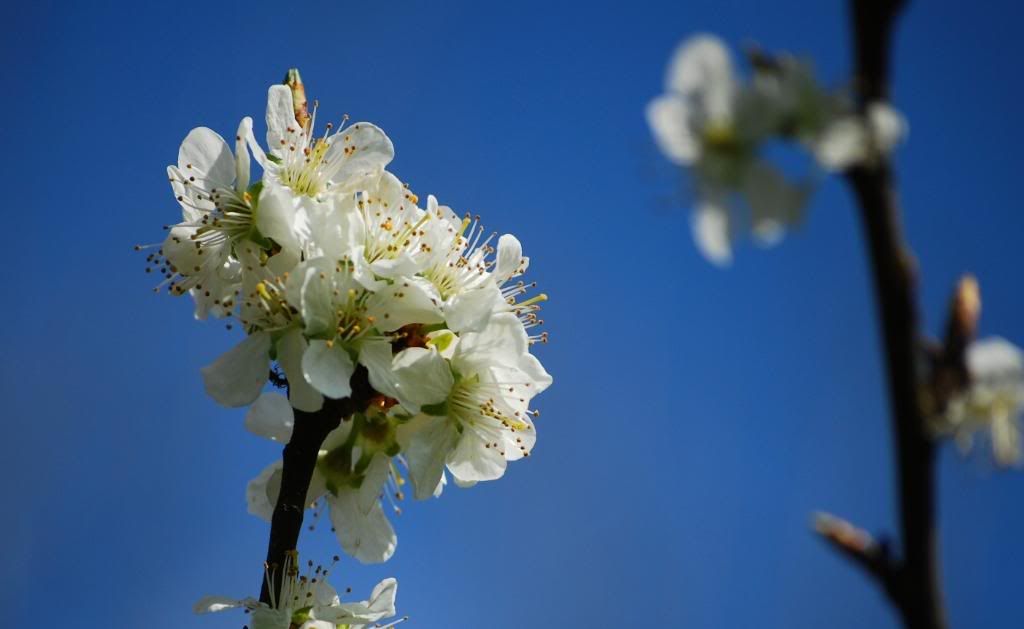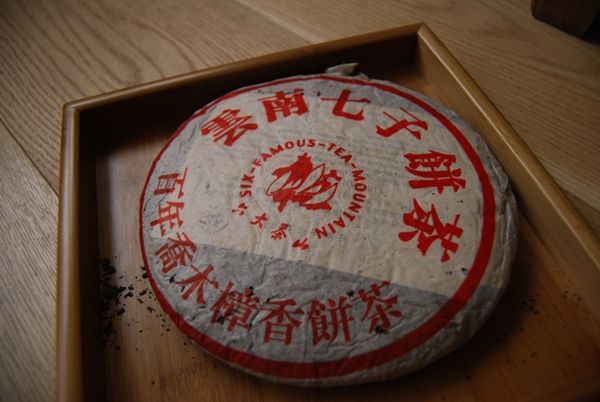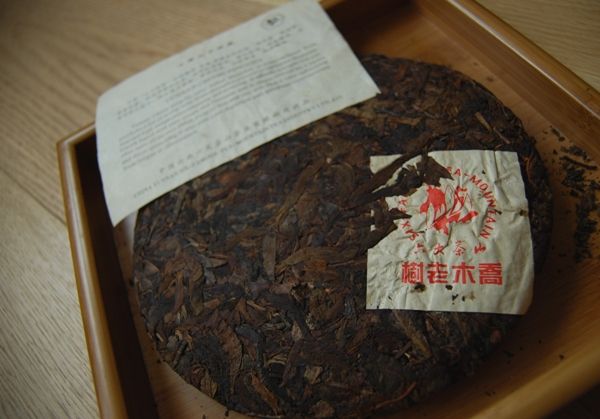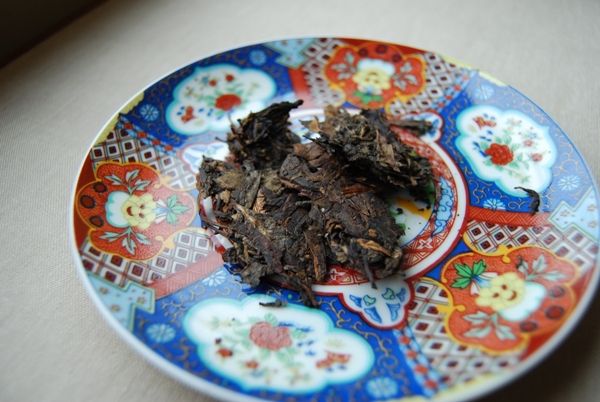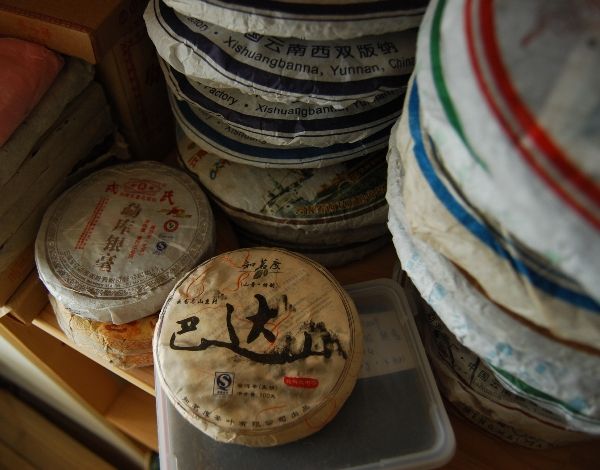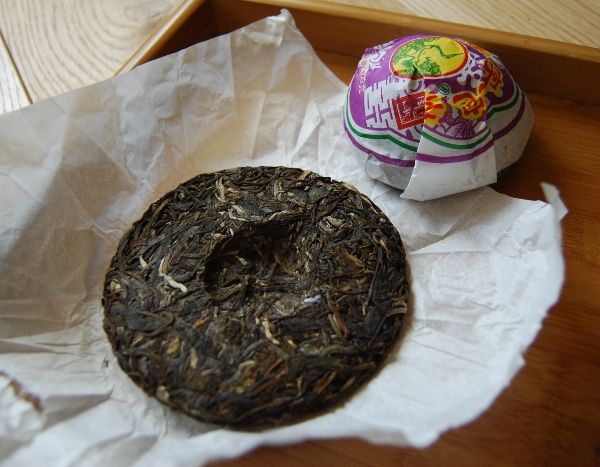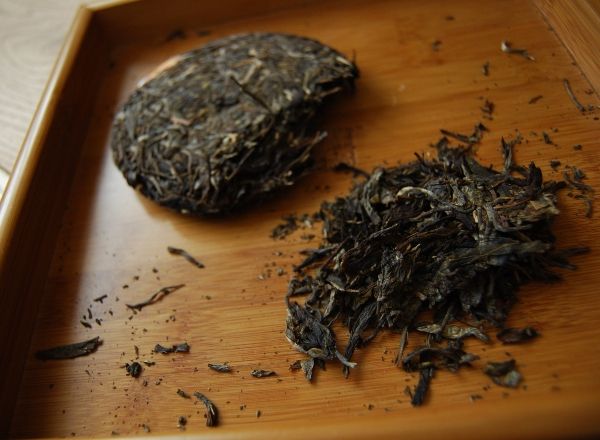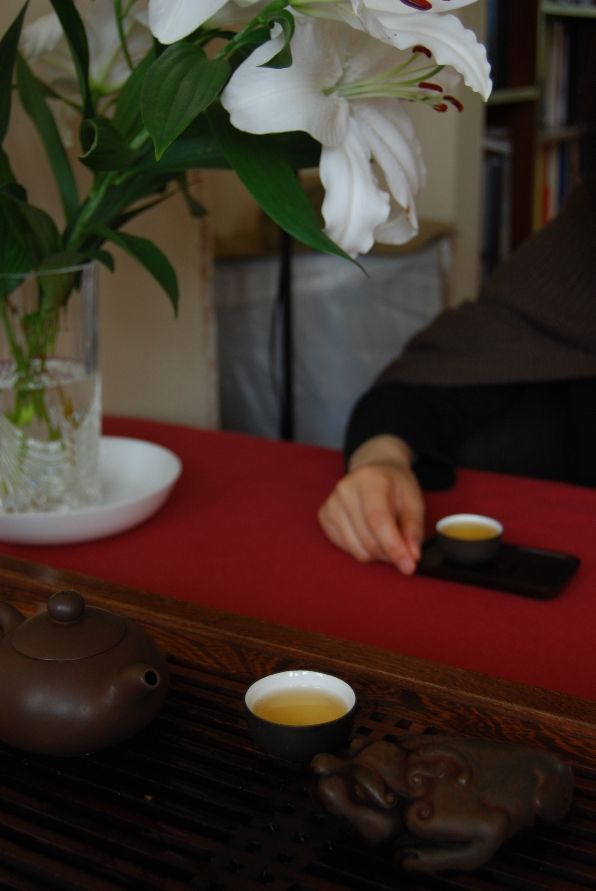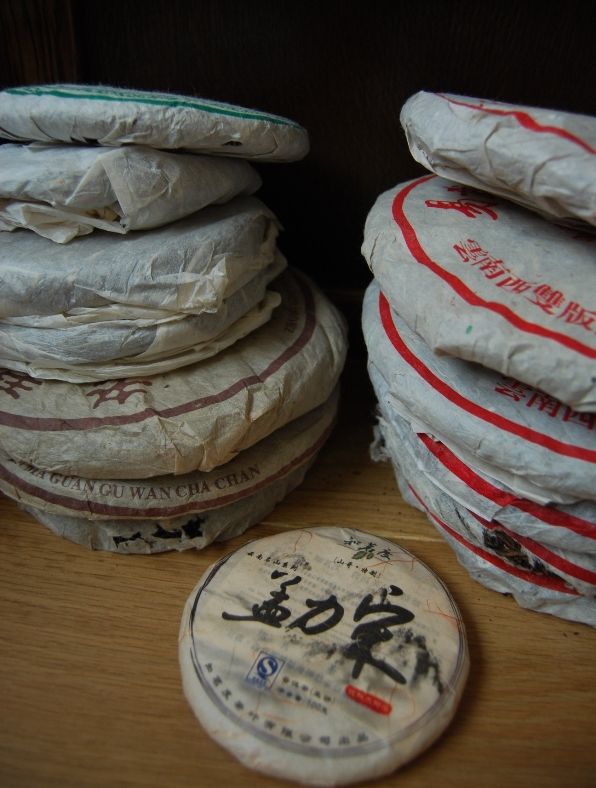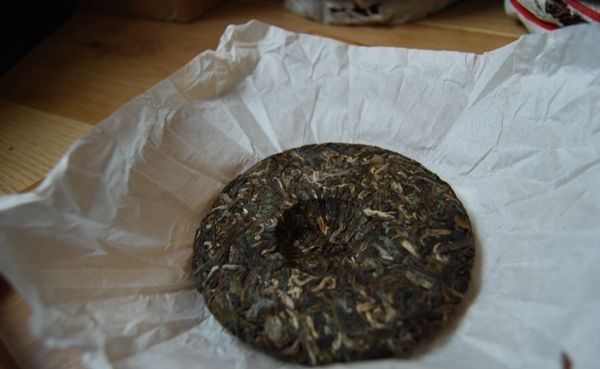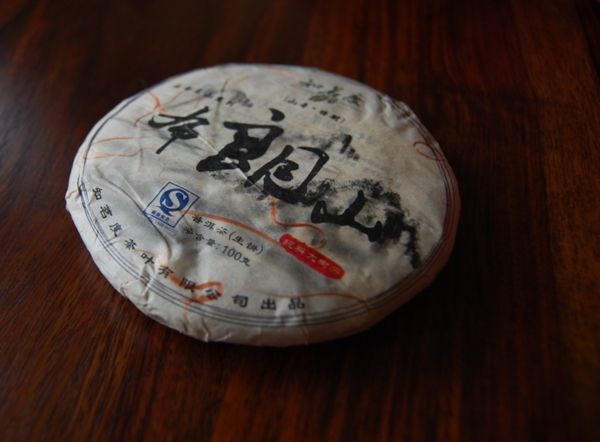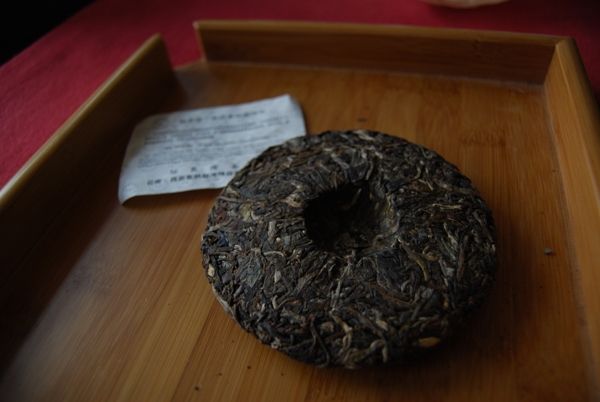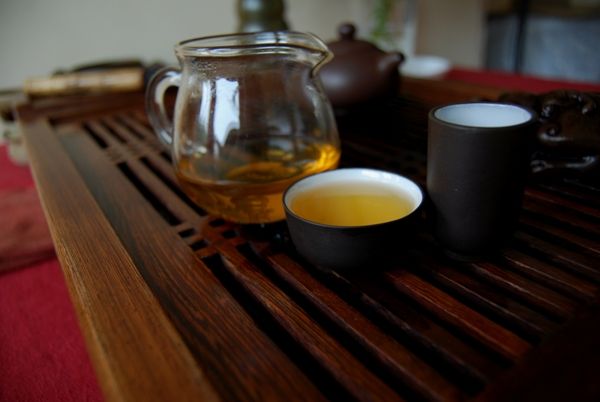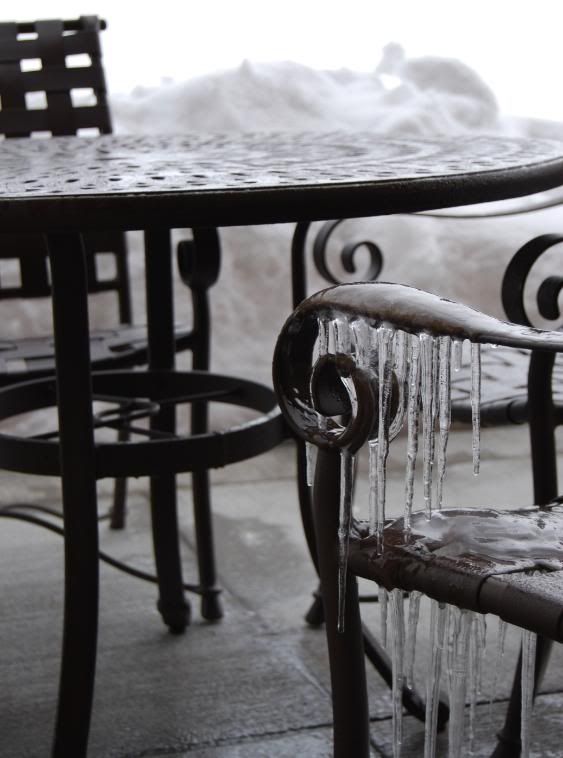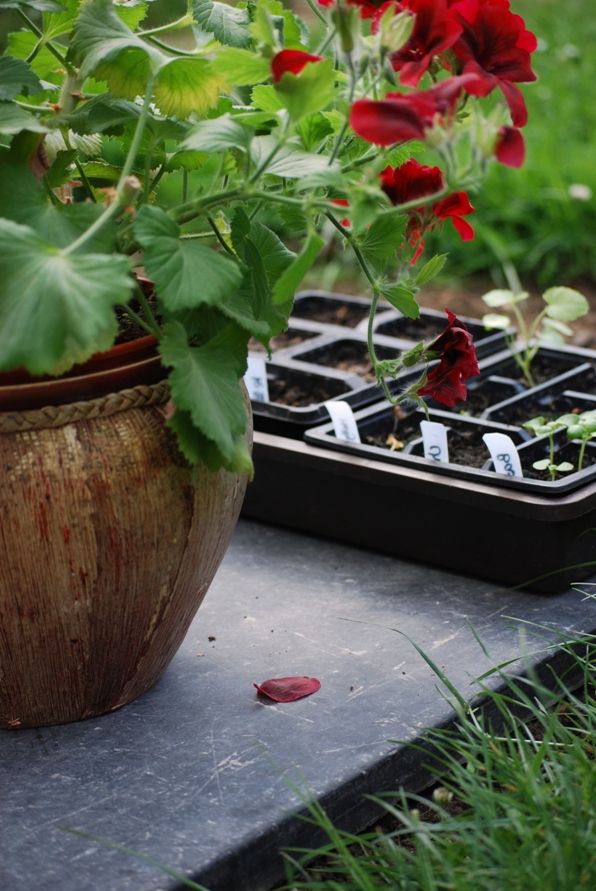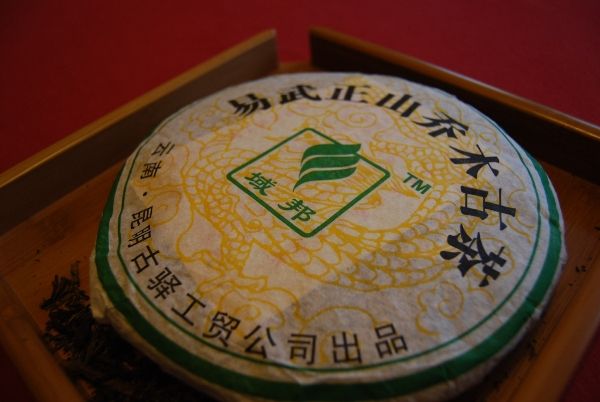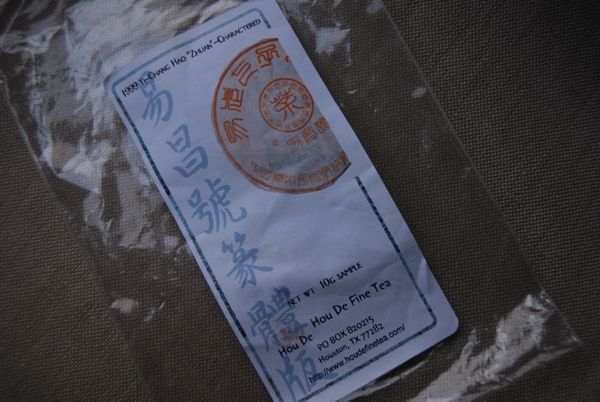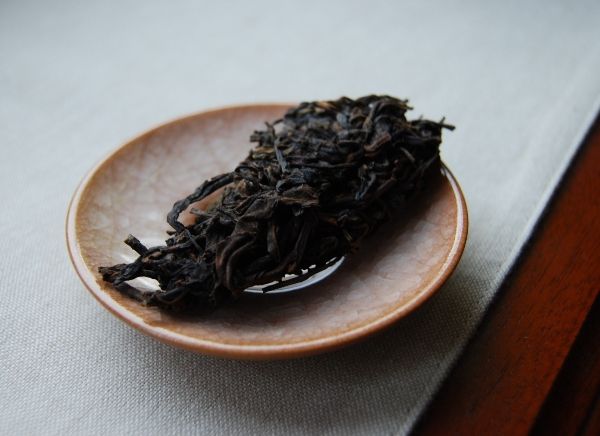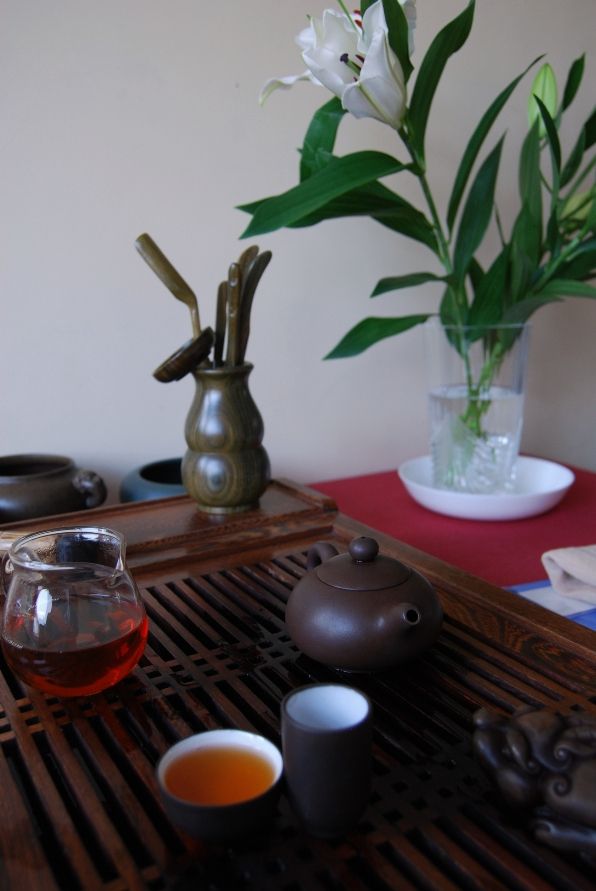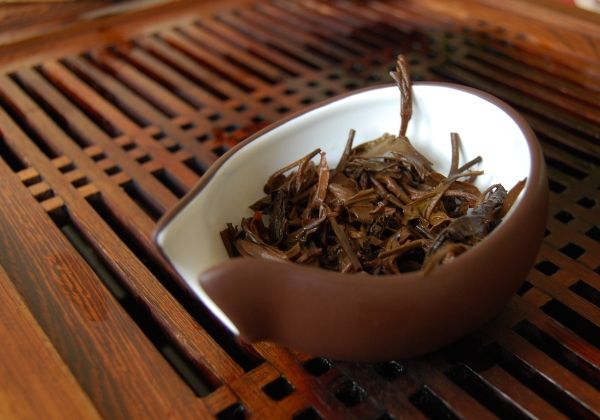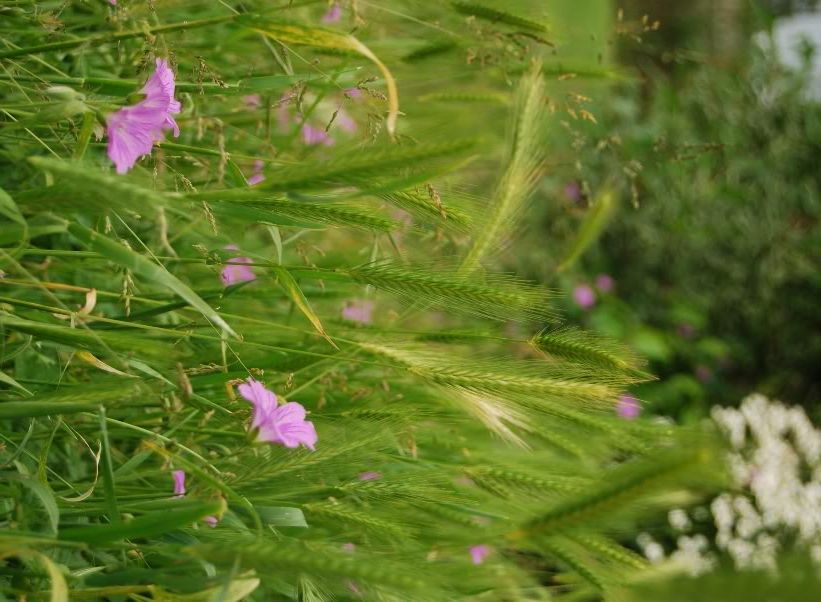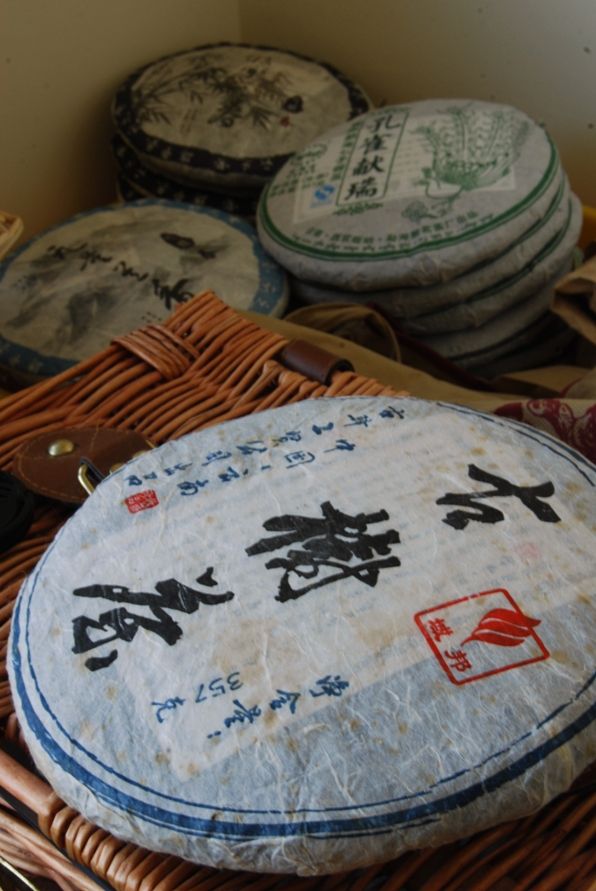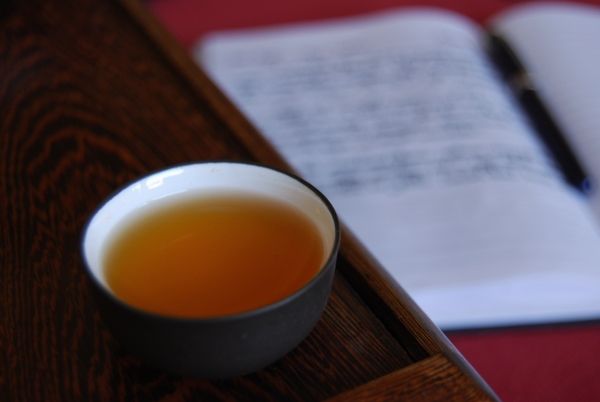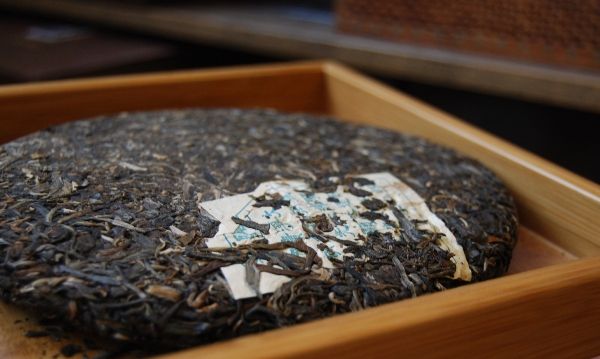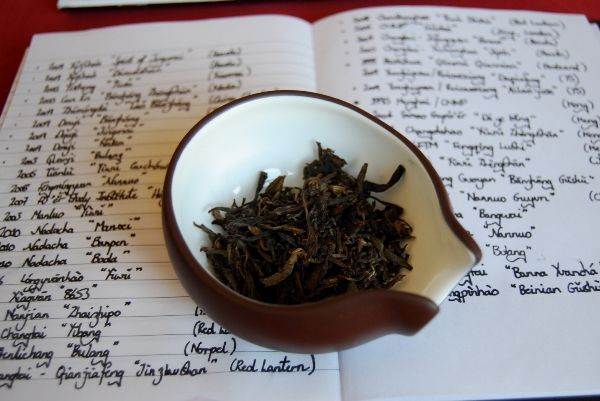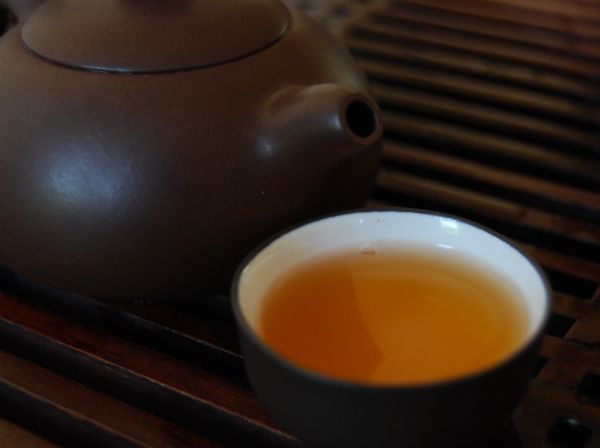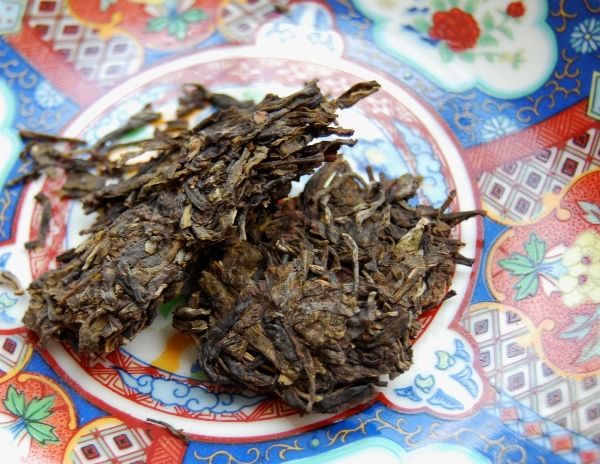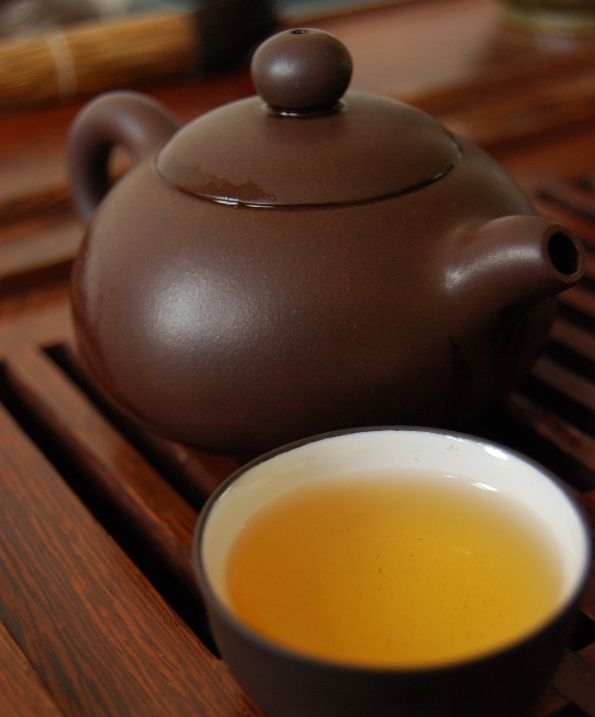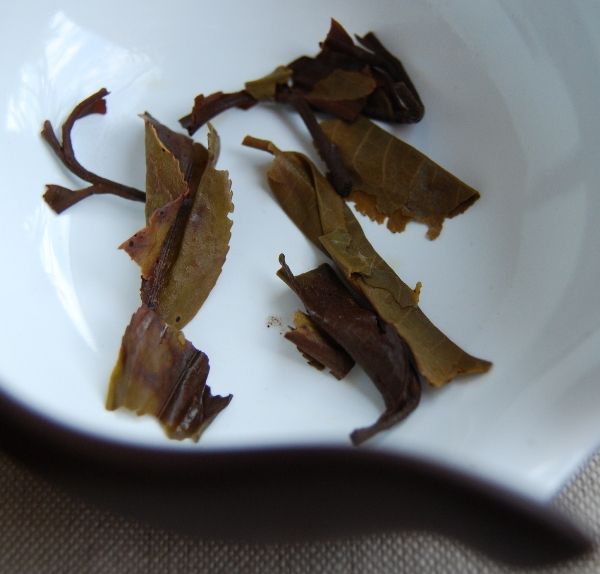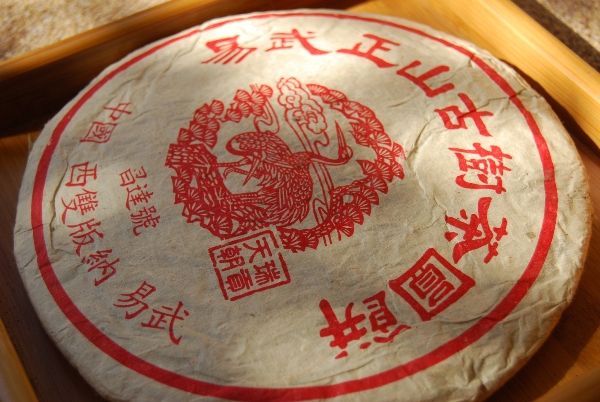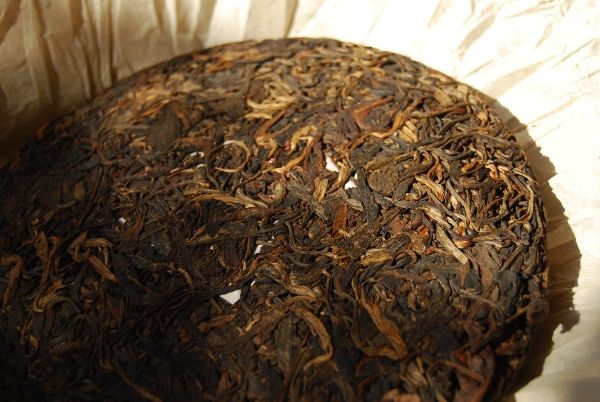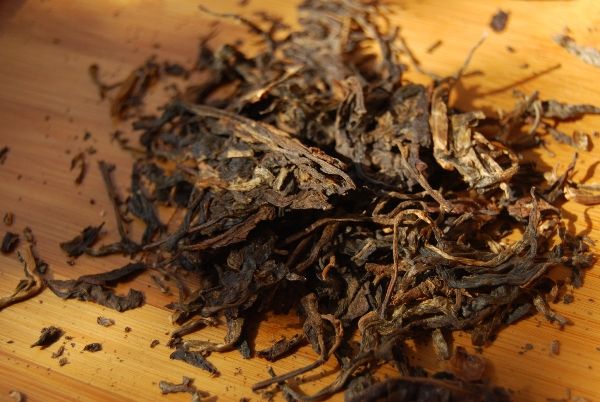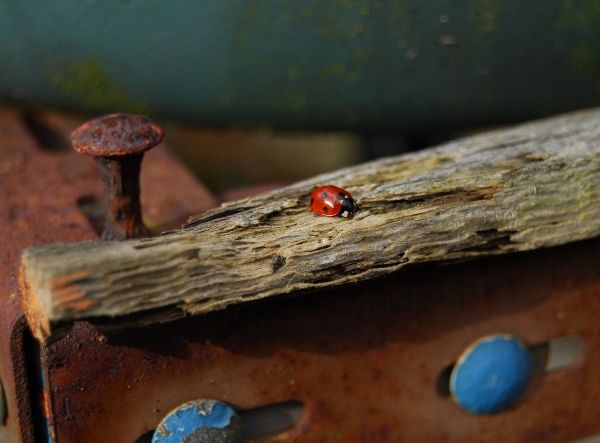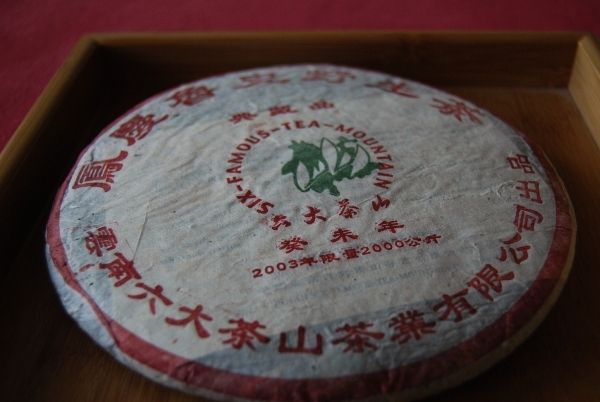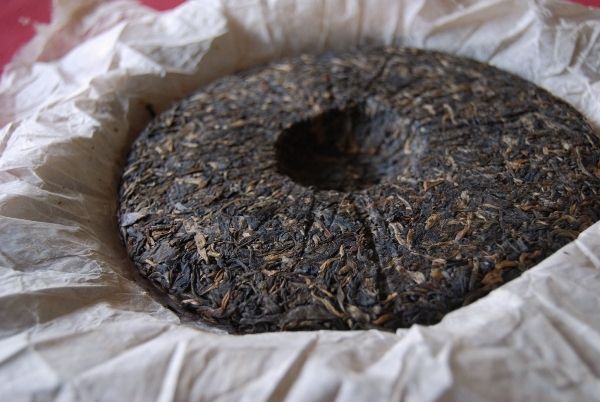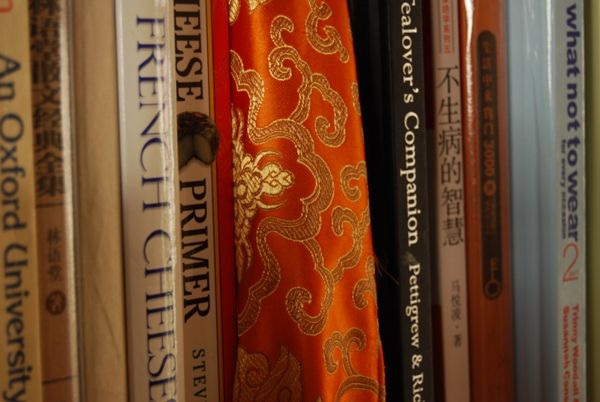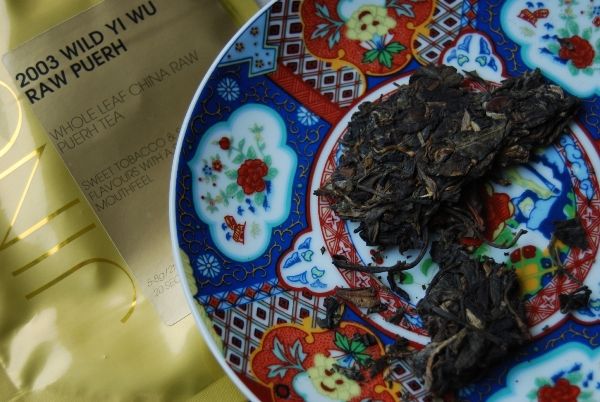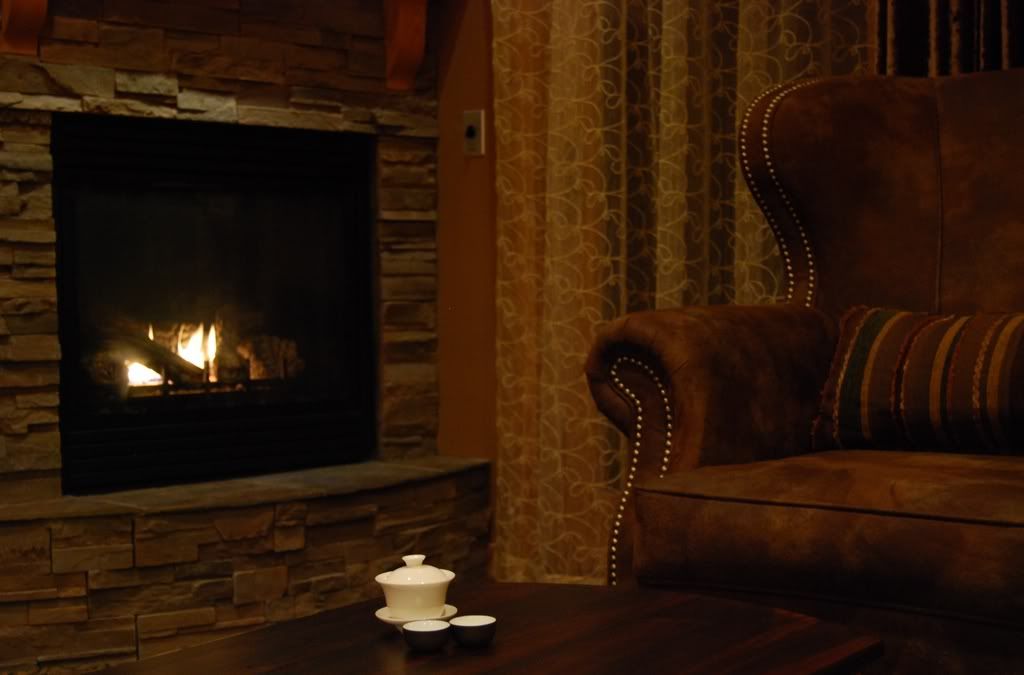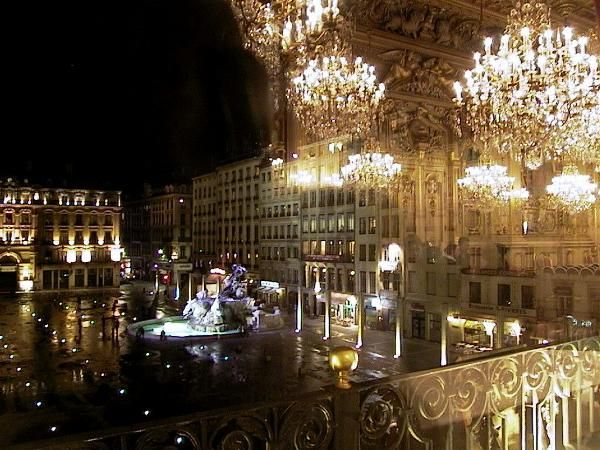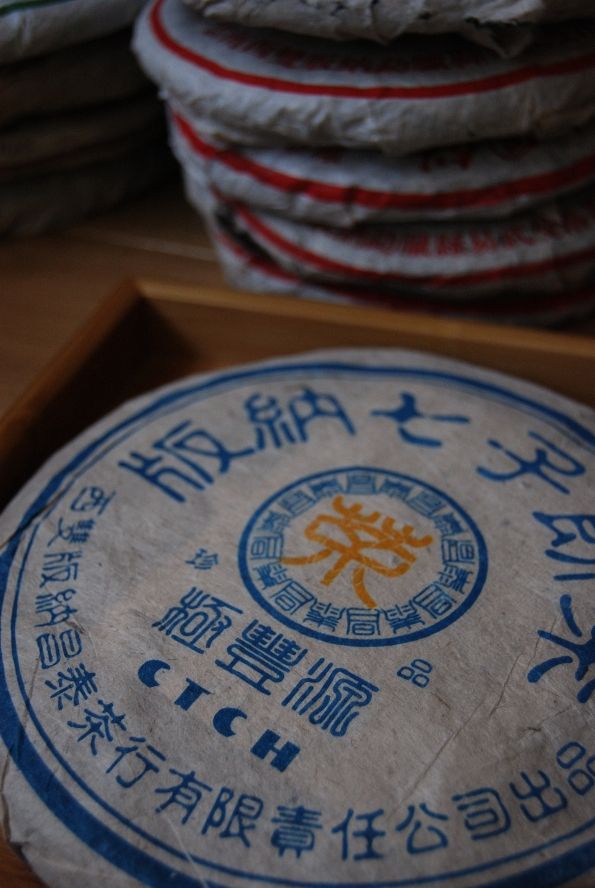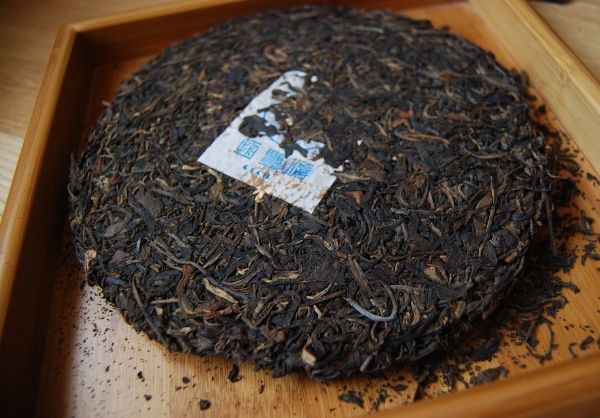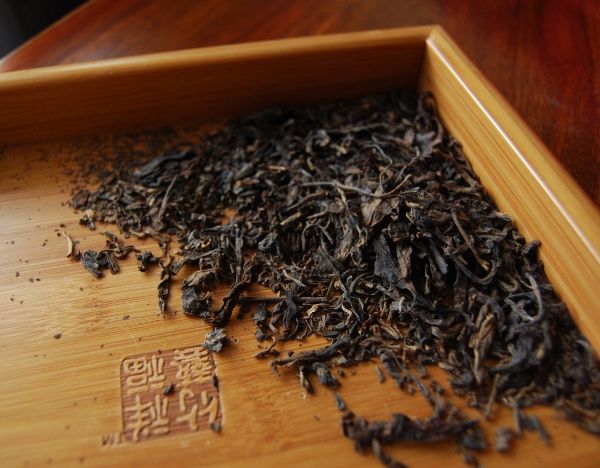It is a period of annual leave for me, which finds me using the time to perform house renovations in preparation for the arrival of our son in September. "There never seems to be enough time to do all the nothing you want", as Calvin from Calvin and Hobbes once lamented.
I take some time out of my battling with doors and chimneys to enjoy this cake, kindly provided by Keng.
Double the heroism
Shuangxiong [shwang-shyong] means "Double Hero"; they are based in Yongde, out in Lincang, which makes them "remote". I like outliers.
As the wrapper suggested, pictured above, 2,000 kg of this tea was produced - making 800 tong, one of which now rests on our shelf, thanks to Keng.
The wrapper also suggests that this cake was selected for a tea competition, though, as Lei notes, "This could mean anything - Chinese people are very good at keeping such statements vague, in order to convey a good impression."
As the wrapper suggested, pictured above, 2,000 kg of this tea was produced - making 800 tong, one of which now rests on our shelf, thanks to Keng.
The wrapper also suggests that this cake was selected for a tea competition, though, as Lei notes, "This could mean anything - Chinese people are very good at keeping such statements vague, in order to convey a good impression."
Small, dark leaves - the tips are turning a proper rusty colour
Shown below, the soup is a decent yellow-orange, the kind of colour that one could imagine came from gently maturing on a shelf somewhere. I appreciate its thickness, and its sharp, pinewood character. The remaining presence of kuwei [bitter flavour] is highly enjoyable, combined with its "adolescent" nature. In terms of pu'er enjoyment, this is approximately just about right for me: woody, yet still bitter.
This is a clean, well-made tea that balances content and power nicely, while enduring longer than my appetite.
It came up in a comparative tasting in the Chinese version of the "Art of Tea" magazine, where Mr. Fisher noted that he enjoyed most of all the field, but also that none of the field were really particularly excellent.
Time has been kind to this cake, and my feelings towards it are seemingly more positive than those of Mr. Fisher - I would rate this as being a "very good" cake, rather than being close to average. Perhaps I am swayed by the relative unavailability of good seven-year-old tea, but I found it tasty and enjoyable.
A great way to break up a hard day of house-work...
Addendum
June, 2015
I have a tong + one cake from this "Double Hero" cake. It seems that I last drank this cake five years ago, while waiting for the arrival of our eldest son, Xiaohu. He is now awaiting the arrival of his first term at school!
The flavour of the tea is warm, malted, and rather like sultanas. It is a vivid and powerful tea, which wakes me from my half-slumbers. While not complex, there is an enduring huigan that remains most enjoyable.
A scent from the wenxiangbei captures my attention: it is dense, long-lasting, and caramelised. The scent alone is "big". I am beginning to understand why I opted to buy a substantial quantity of this tea, back in 2010.
The Shuangxiong cake is stable, heavy, and especially good fun. I am left feeling warm, as if reunited with an old friend.

